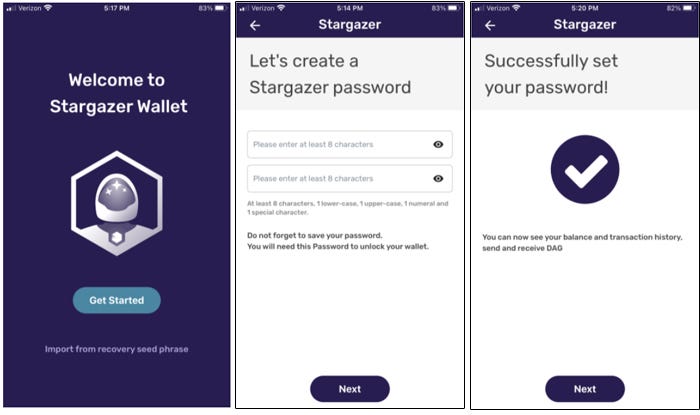

#STARGAZER SOFTWARE FOR CELL PHONES ANDROID#
Some apps offer extensive support for controlling all major telescope brands on both iOS and Android devices, allowing you to view thousands of objects through your telescope that are otherwise invisible to the unaided eye. But for some famous objects, the colorful and vibrant photographs you see in the app won't resemble the actual view with your unaided eyes or telescope.

Most astronomy apps attempt to present the objects in a realistic fashion. Aside from a few dozen bright ones, these objects can't be seen with the naked eye, and the app is simply reporting its position for you to track down in a telescope or binoculars. Deep-sky objects might be shown in the sky using actual photographs, artistic renderings or symbols assigned to the object type. For example, a star's brightness and color will be suggested by the size of the symbol and its tint. The way objects are displayed in an app usually reflects the objects' visual characteristics. The more advanced apps store all of this data and more, giving you a richer experience but requiring more memory storage or an Internet connection to retrieve the data. Galaxies have apparent sizes (some are wider than the moon!) and structure classifications (spiral, elliptical, etc.). Stars have spectral classifications that relate to their color, temperature and distances. Next out are the deep-sky objects - star clusters, nebulae and galaxies, things that appear as "faint fuzzies" without (and sometimes even with) a telescope.Įvery object has a designation (name or number), a coordinate, a visual brightness value (called magnitude) and other characteristics depending on the object's type. Beyond the moon and bright planets are the individual stars. Unlike a paper chart, you don't even need a flashlight - and you don't have to worry about dew making your paper chart soggy! What they display and what's under the hoodįor the most part, everything you'll observe in the sky falls into a category or class of objects. Add some onboard memory or access to the Internet, and you've got an encyclopedia of astronomy data only a tap away. By using the built-in compass and gyroscope, your mobile device knows where it's pointing and can show you a virtual map of any part of your sky. Mobile sky-charting apps work because our devices accurately know the date and time, as well as our location (via GPS or Wi-Fi), and therefore what's up in the sky. The orbits of newly discovered asteroids and comets have to be loaded by the app via software updates or by downloading the data from the Web from time to time. Solar system objects - such as Earth's moon, the planets, comets and asteroids - move constantly, in a predictable way, so these are handled by algorithms in the app that know the objects' orbital parameters, and therefore can accurately predict where they will be at any given time - past, present or future. After all, the midnight sky for a stargazer in the Southern Hemisphere will be much different from that of a skywatcher in the Northern Hemisphere, even within the same time zone. And where you are located on the Earth determines which constellations are in your sky, too. The same stars are overhead at the same time on the same date every year. The regular motions of the Earth's rotation every 24 hours and the planet's orbit around the sun every 365.25 days leave the stars in predictable positions.


 0 kommentar(er)
0 kommentar(er)
